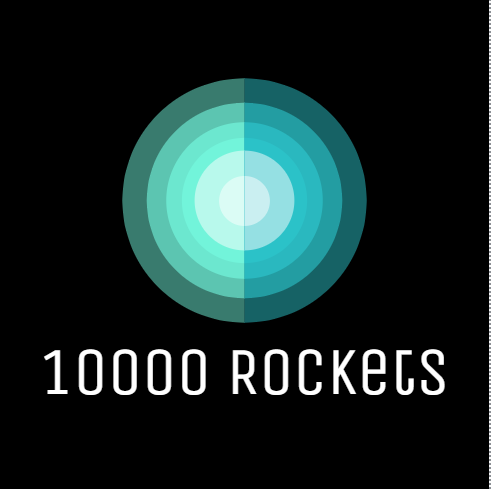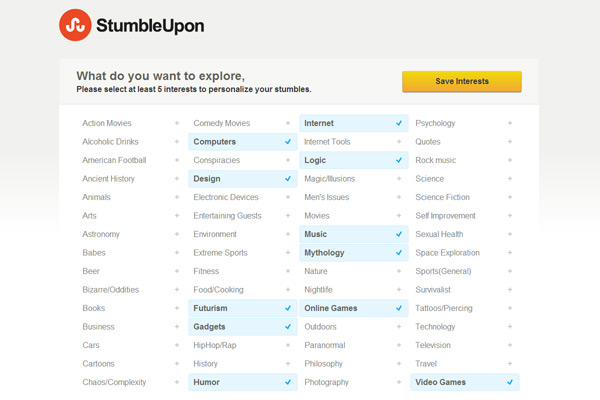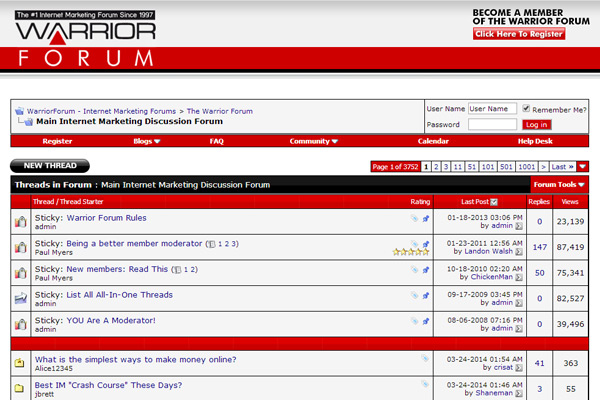The question we used to ask was what are the 6 types of social media?
However, as the forms of social media and its definitions have expanded over the years, we think it’s time we update this teaching resource.
This current social list has been updated to include new forms of media and social networking, on top of the existing six primary categories, each with its own unique set of characteristics and based on what people hope to accomplish by using them.
1. Social Networks
Examples: Facebook, LinkedIn
A social networking site is a social media site that allows you to connect with people who have similar interests and backgrounds. Facebook, Twitter, and Instagram are three of the most popular examples of a social network website.
These platforms allow us to connect with our friends, family, and even brands. Most social network sites let users share thoughts, upload photos and videos, and participate in groups of interest.
2. Bookmarking Sites
Examples: Pinterest, Flipboard, Diggs
Bookmarking sites allow users to save and organize links to any number of online resources and websites. A great feature of these sites is the ability for the users to “tag” links, which makes them easier to search, and invariably, share with their followers. StumbleUpon is a popular example of a bookmarking site.
3. Social news
Examples: Digg
A social news site allows its users to post news links and other items to external articles. Users then proceed to vote on said items, and the items with the highest number of votes are most prominently displayed. A good example of a social news site is Reddit.
4. Media Sharing
Examples: Pinterest, YouTube, Vimeo
Media sharing websites allow users to share different types of media, with the two main ones being image sharing and video hosting sites.
Most of these sites also offer social features, like the ability to create profiles and the option of commenting on the uploaded images or videos.These platforms mostly encourage user-generated content where anyone can create, curate, and share the creativity that speaks about them or spark conversations.
As you might have guessed, YouTube still remains the most well-known media sharing site in the world.
5. Microblogging
Examples: Twitter, Facebook
These are just what they sound like, sites that allow the users to submit their short written entries, which can include links to product and service sites, as well as links to other social media sites. These are then posted on the ‘walls’ of everyone who has subscribed to that user’s account. The most commonly used microblogging website is Twitter.
6. Blog comments and forums
An online forum is a site that lets users engage in conversations by posting and responding to community messages. A blog comment site is the same thing except being a little more focused. The comments are usually centered around the specific subject of the attached blog. Google has a popular blogging site aptly titled, Blogger. However, there are a seemingly endless number of blogging sites, particularly because so many of them are niche-based, unlike the universal appeal of general social media sites.
7. Social Review Sites
Examples: TripAdvisor, Yelp, FourSquare
What’s one of the first things you see when you are planning to buy a new product or try out a new restaurant? If you are anything like us, you will first head to the reviews.
Review sites like TripAdvisor and FourSquare show reviews from community members for all sorts of locations and experiences. This keeps people out of the dark and allows them to make better planning or decisions when it comes to choosing a restaurant for their date.
Not just beneficial to regular users like you and me, businesses can also get to understand the customer’s perspective. Both the good and bad, this can help them to identify what’s working and discover areas with room for improvement.
8. Community Blogs
Examples: Medium, Tumblr
Sometimes all you want to do is share that one message, and really not everyone on the internet wants to invest in running and maintaining a blog from a self-hosted website. This is where shared blogging platforms like Medium give people a space to express their thoughts and voice.
9. Sharing Economy Networks
Examples: Airbnb, Pantheon, Kickstarter
While it might not occur to you directly, but websites like Airbnb isn’t just to find holiday rentals or activities. These sharing economy networks bring people who have got something they want to share together with the people who need it.





